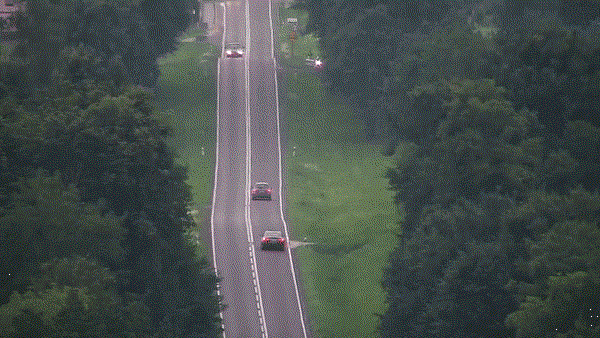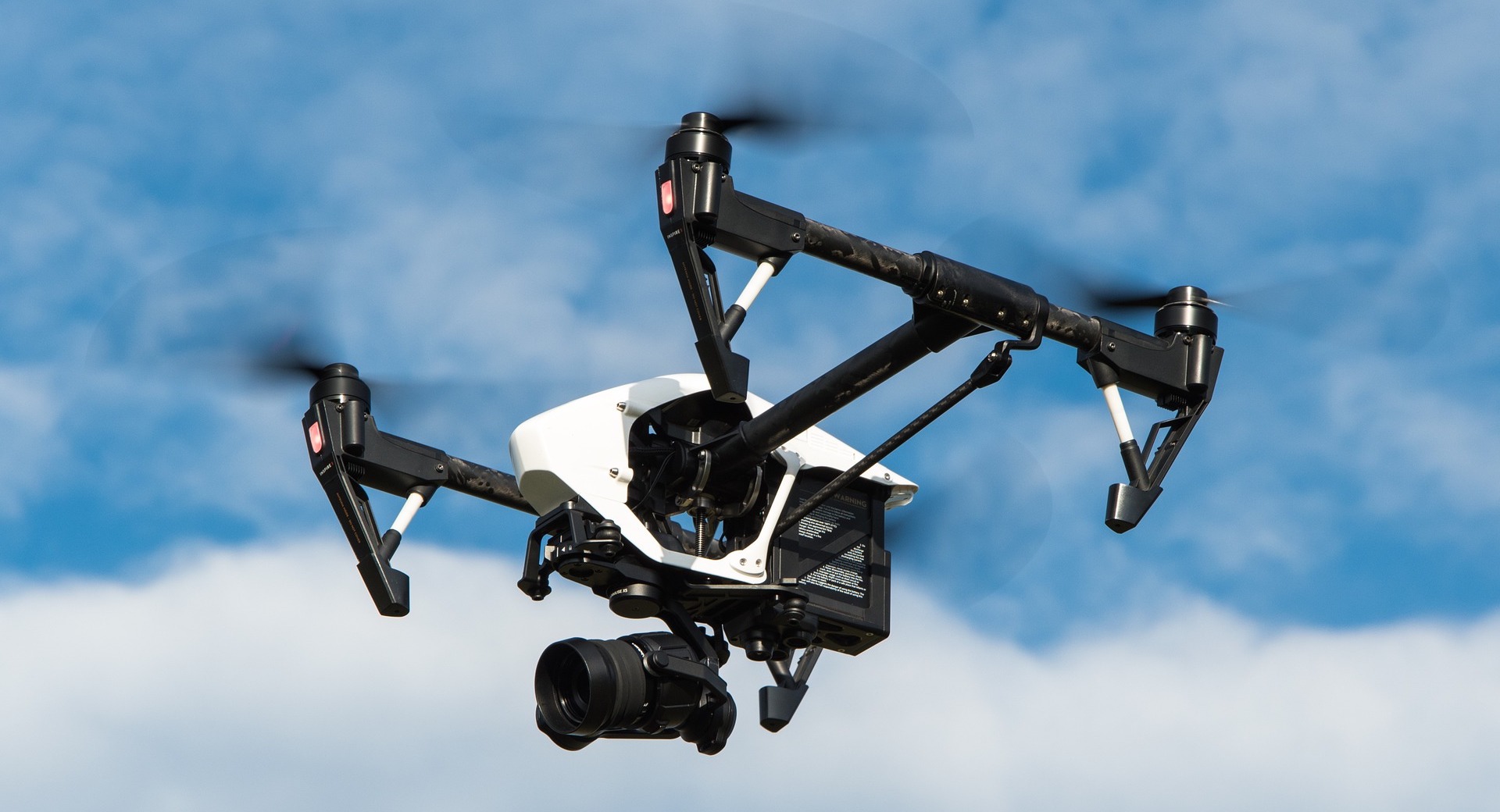Drivers in countries like Poland can add police drones to that already lengthy list. The video sourced below from Polish police shows various cars and motorbikes being filmed crossing a solid white line to overtake slower vehicles, blissfully unaware that their misdemeanors were being tracked from the sky.
Though almost certainly larger than a consumer DJI-style drone, the police drones are sufficiently small and flying high enough to make them hard for drivers focused on passing the cars ahead from spotting them.
Only when a policeman in a high-vis jacket steps into the road much further on to pull them into a side road do they have the first inkling that they’ve been busted, even then they won’t know how

Poland isn’t the only country employing drone technology to catch drivers. Police forces in the UK first began using drones equipped with high resolution cameras and thermal imaging equipment to target bad driving in 2019, and forces in Australia’s Queensland rolled out their crime-fighting drones this summer to tackle illegal street races, having previously used them to record crime scenes for forensics teams.
In the U.S., police forces are also using drones, though that use varies from state to state and isn’t specifically related to catching speeding drivers. It became possible after a 2016 ruling by the Federal Aviation Authority that opened up airspace to non-hobby flyers, though the regulations insist the done should only be flown in line of sight, despite the fact that the technology allows them to fly much further.
Those drones are often used for surveillance or as virtual first responders, but in 2019 San Diego was considering flying a 12,500 lbs (5670kg) ex-military drone with a 79 ft (24 m) wingspan over the city to catch speeders. Fortunately for Southern Californian hoons, the plans came to nought.
Do you think police forces should be allowed to use drone technology to enforce traffic laws? Leave us a comment and let us know.
When it comes to catching law-breaking drivers, police will use any technology legally and financially available to them. That means as drivers we have to watch out for fixed and mobile cameras, average speed cameras, marked and undercover cars, helicopters and sometimes, as in the case of Missouri state Highway Patrol, even police airplanes timing us over a stretch of road.
Drivers in countries like Poland can add police drones to that already lengthy list. The video sourced below from Polish police shows various cars and motorbikes being filmed crossing a solid white line to overtake slower vehicles, blissfully unaware that their misdemeanors were being tracked from the sky.
Though almost certainly larger than a consumer DJI-style drone, the police drones are sufficiently small and flying high enough to make them hard for drivers focused on passing the cars ahead from spotting them.
Only when a policeman in a high-vis jacket steps into the road much further on to pull them into a side road do they have the first inkling that they’ve been busted, even then they won’t know how
Poland isn’t the only country employing drone technology to catch drivers. Police forces in the UK first began using drones equipped with high resolution cameras and thermal imaging equipment to target bad driving in 2019, and forces in Australia’s Queensland rolled out their crime-fighting drones this summer to tackle illegal street races, having previously used them to record crime scenes for forensics teams.
In the U.S., police forces are also using drones, though that use varies from state to state and isn’t specifically related to catching speeding drivers. It became possible after a 2016 ruling by the Federal Aviation Authority that opened up airspace to non-hobby flyers, though the regulations insist the done should only be flown in line of sight, despite the fact that the technology allows them to fly much further.
Those drones are often used for surveillance or as virtual first responders, but in 2019 San Diego was considering flying a 12,500 lbs (5670kg) ex-military drone with a 79 ft (24 m) wingspan over the city to catch speeders. Fortunately for Southern Californian hoons, the plans came to nought.
Do you think police forces should be allowed to use drone technology to enforce traffic laws? Leave us a comment and let us know.
